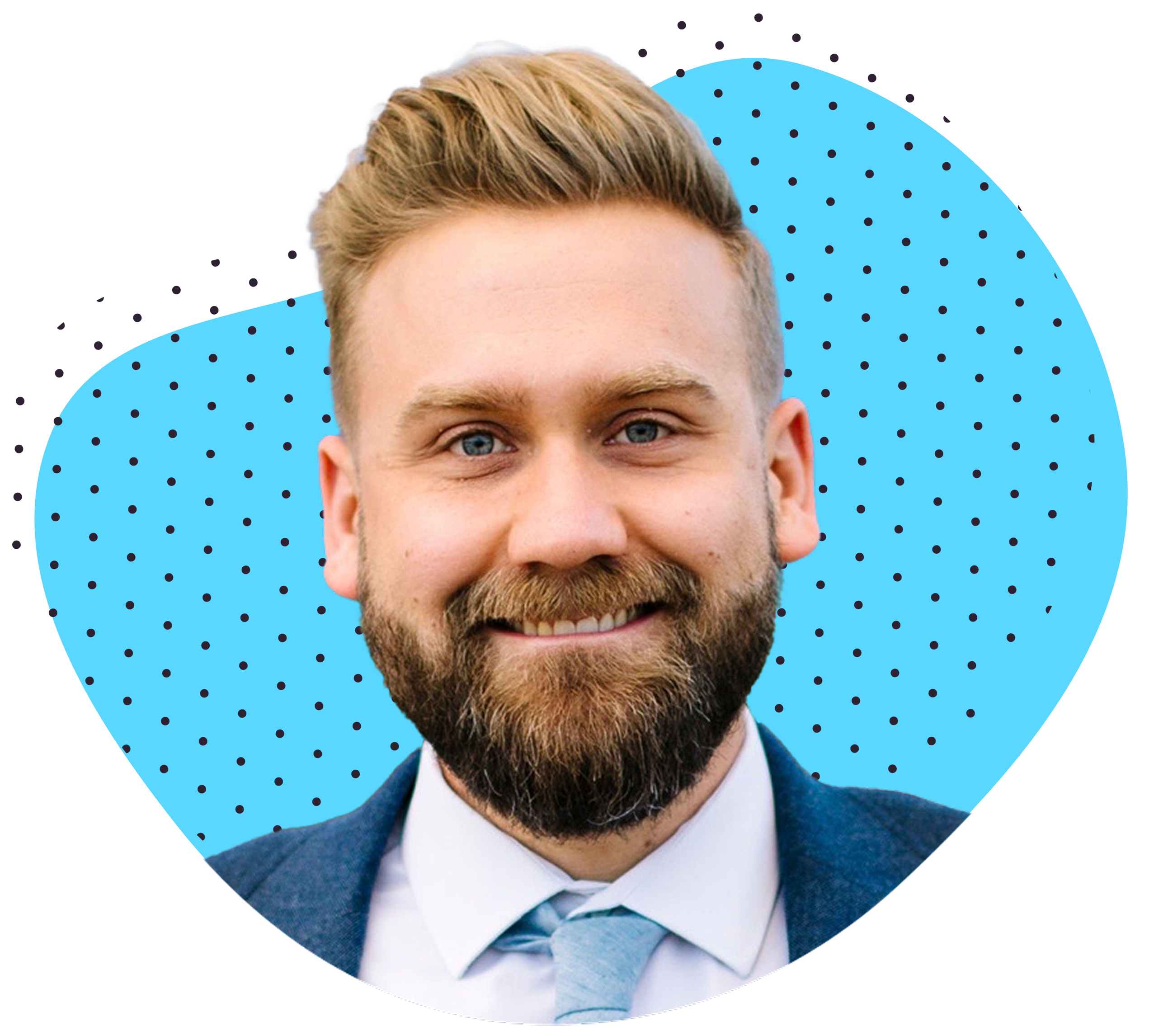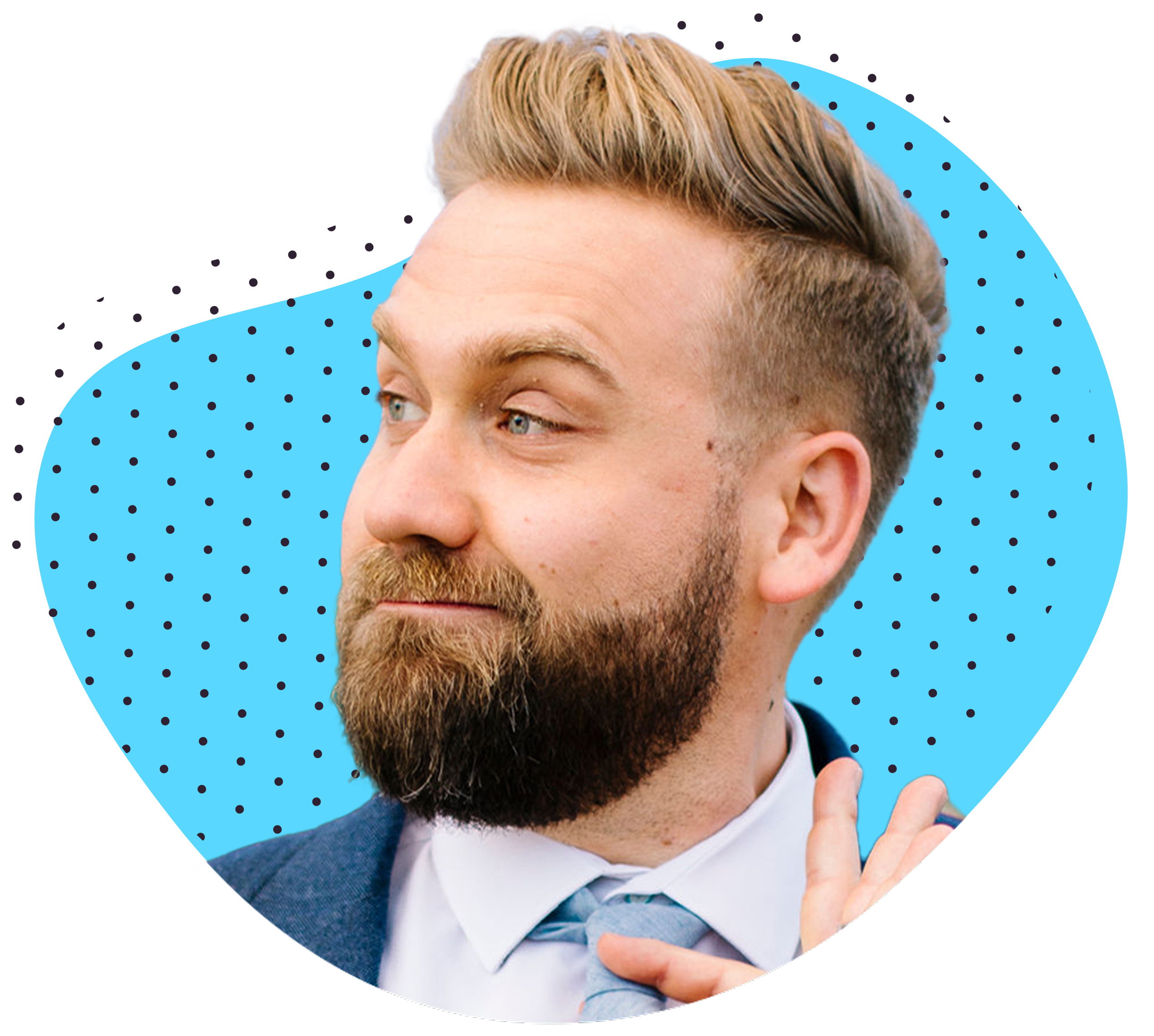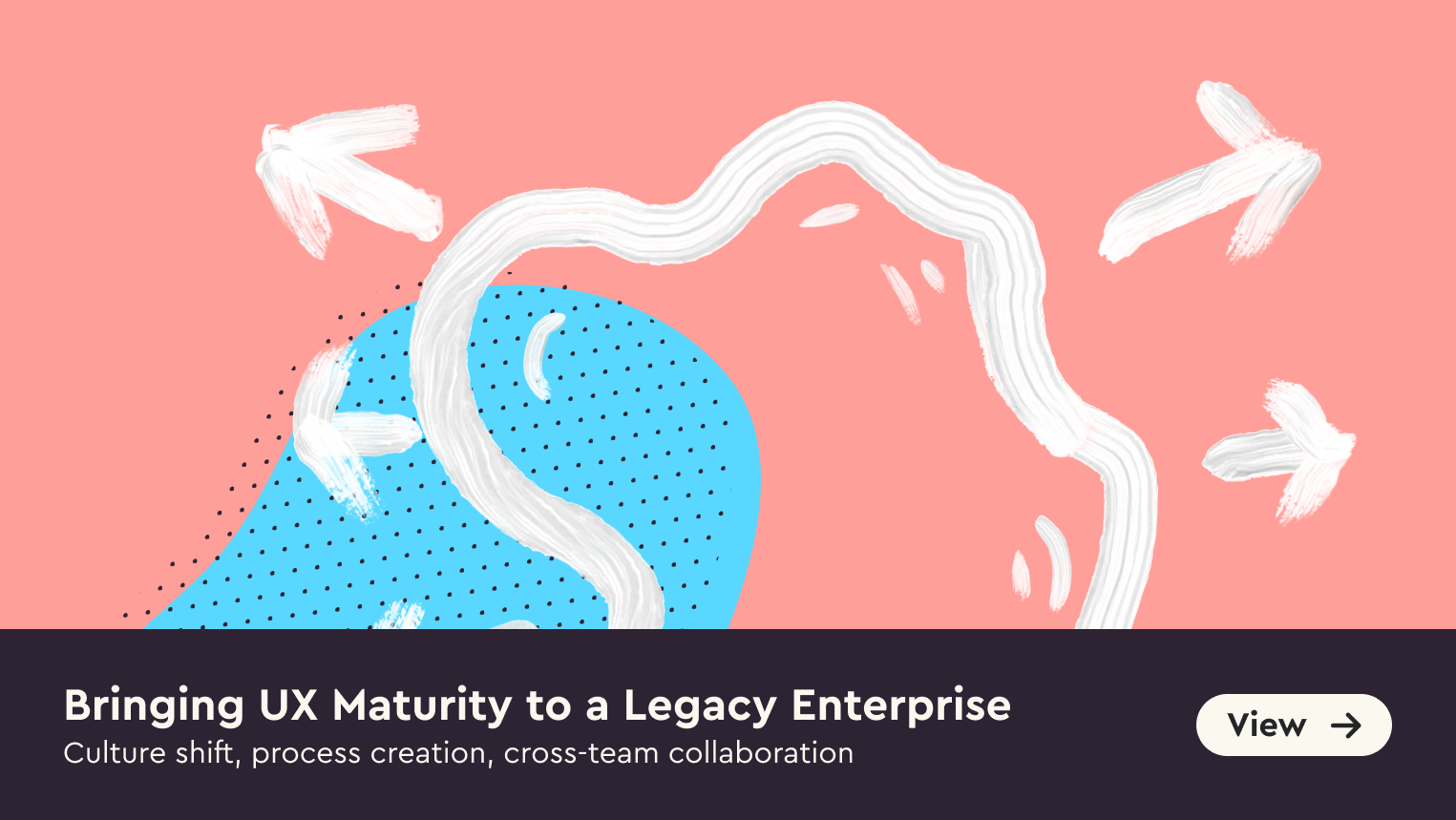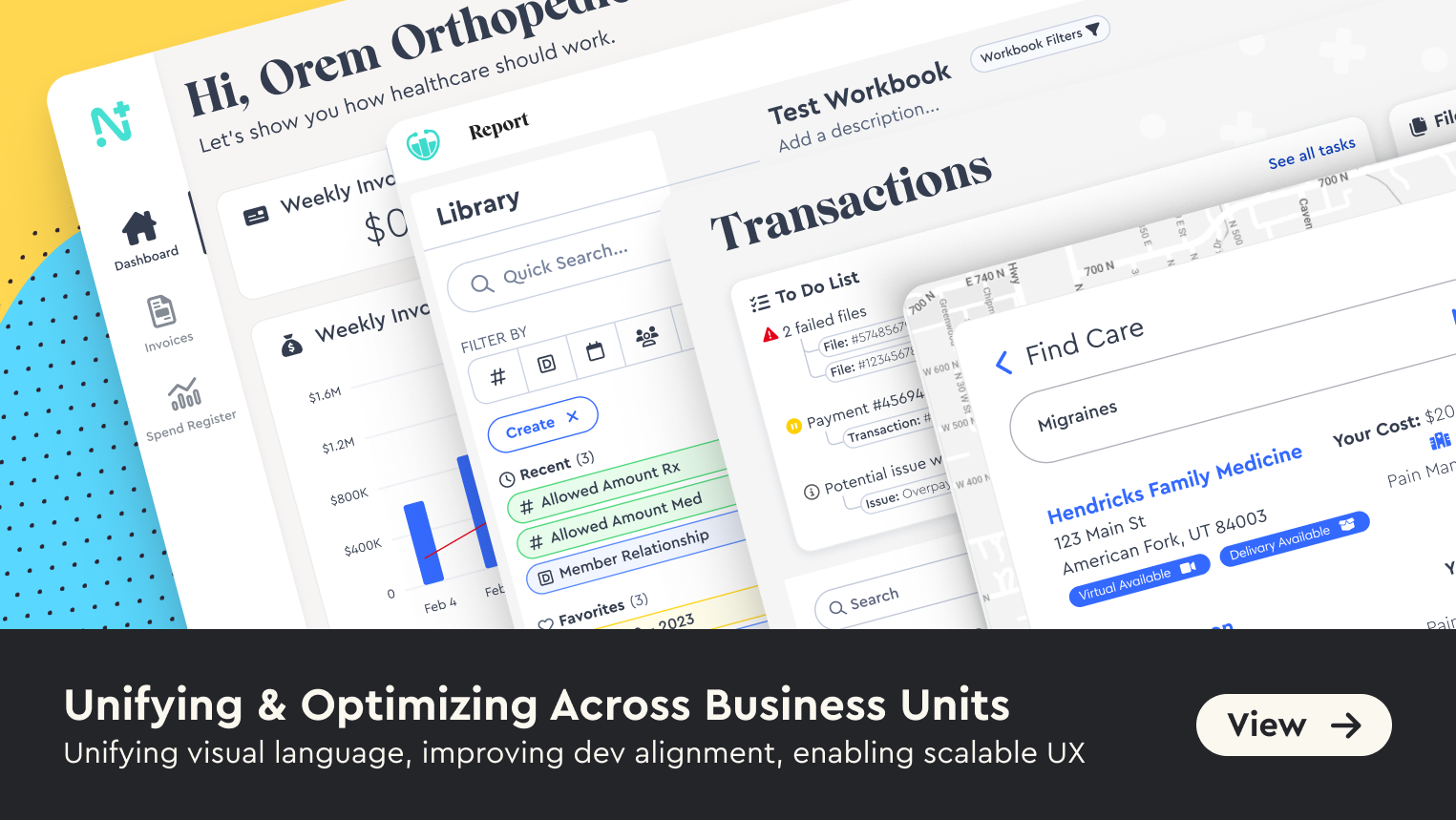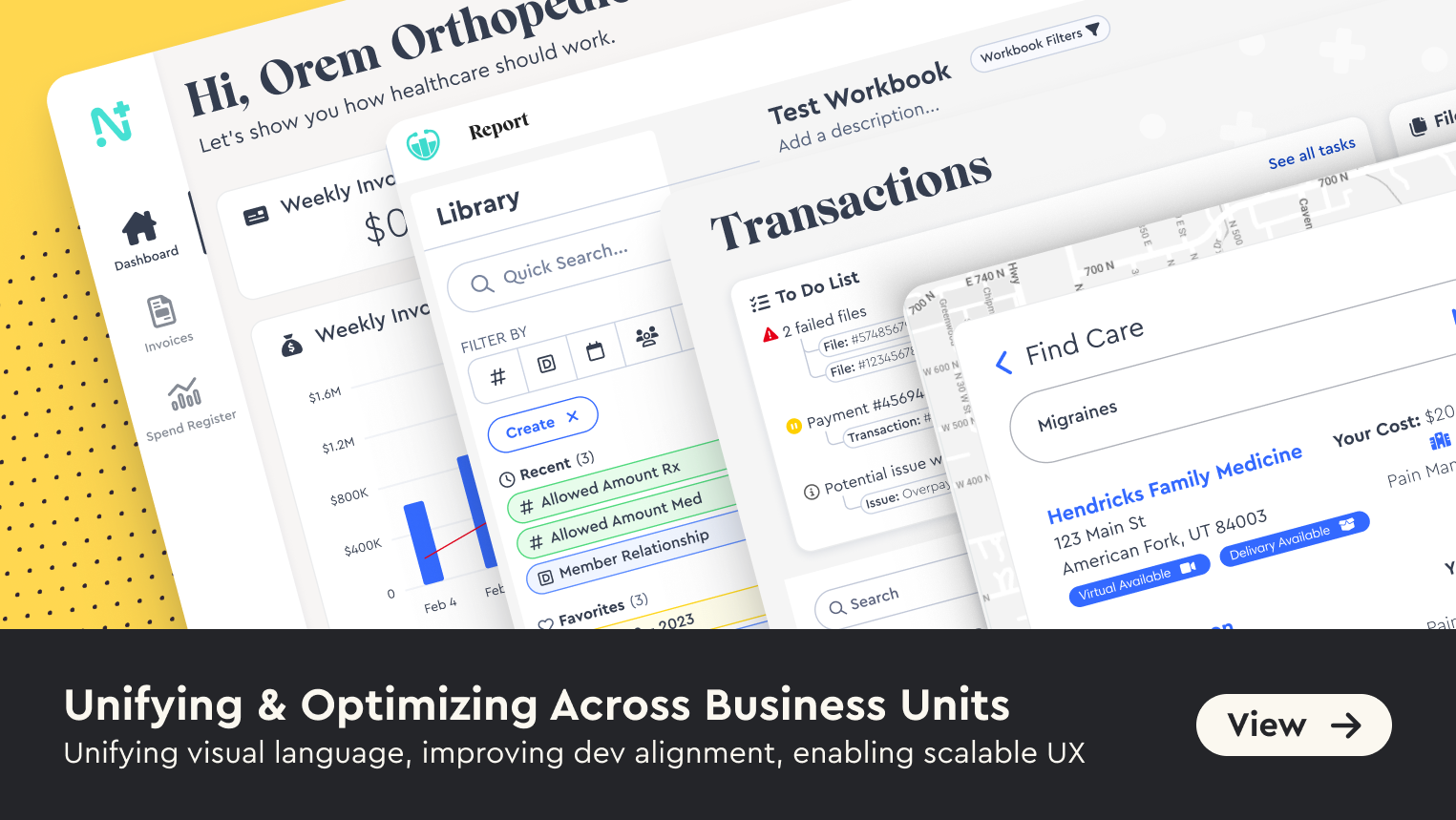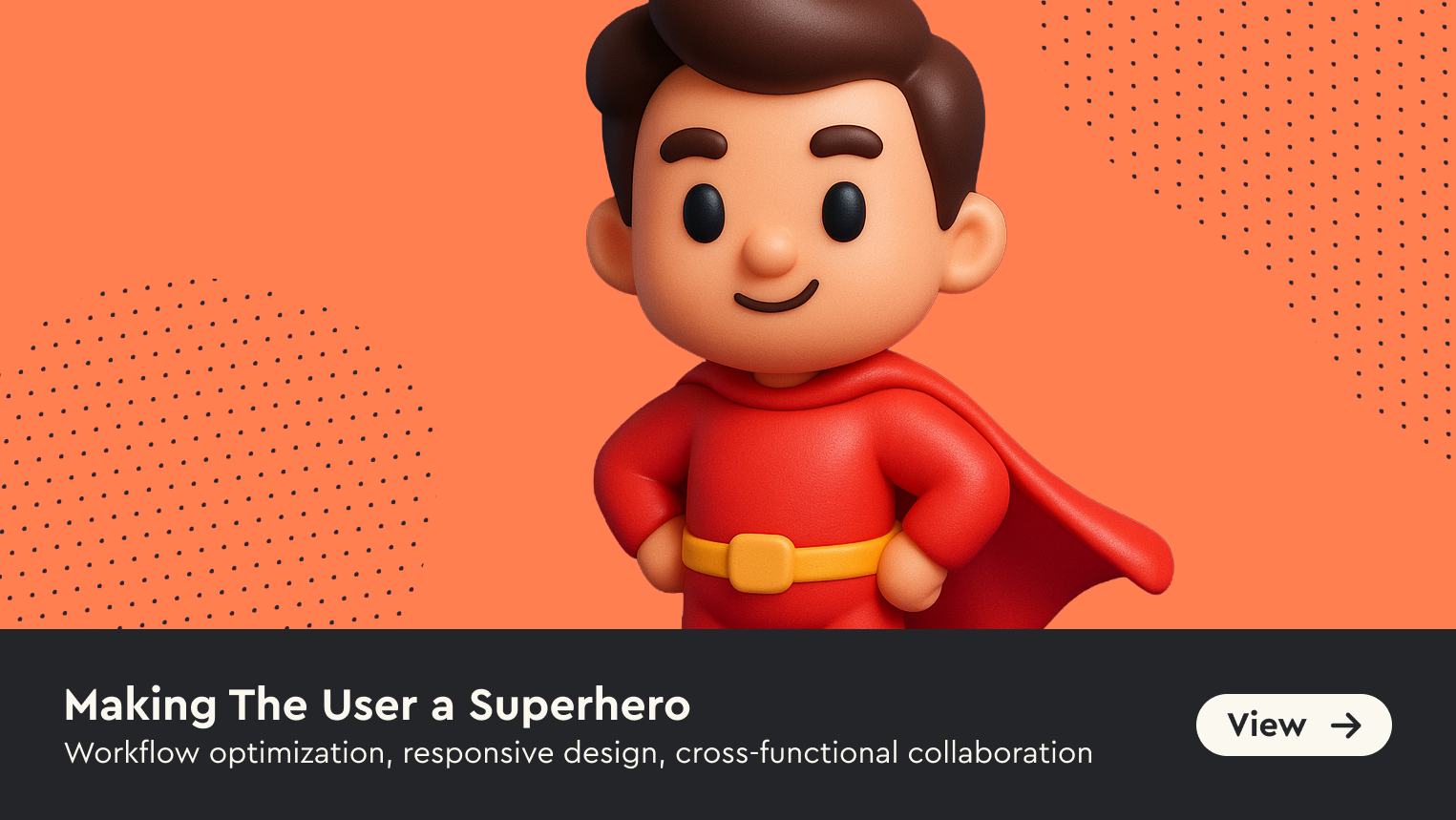TL;DR: Built and led design at Nomi Health from the ground up with multi-platform UX, AI powered process, and a unified design system.
Impact: Zero to One • BU alignment • Increased Engagement
Our vision for our member experience. An all-inclusive app to help them engage with their healthcare and reduce apathy
Healthcare is often seen as a system. But systems are made of people; benefits managers trying to help employees, care coordinators juggling hundreds of cases, brokers navigating policy complexity, and members just trying to get care without getting lost. At Nomi Health, I built the design function from the ground up to serve those people.
As the company’s first designer and eventual VP of Design, I wasn’t stepping into a system: I was building one. No design team. No process. No centralized strategy. Just a bold vision to change how healthcare works for everyone involved. My role was to bring coherence, clarity, and care to an ecosystem defined by complexity.
This is how I architected a design practice that could scale across companies, platforms, and personas, without ever losing sight of the humans at the center of it all.
Finding the right provider for helped members find care at zero cost
Building UX from Zero to Strategic
I established Nomi’s UX foundation (team, systems, and vision) starting from a blank slate. My role spanned product strategy, organizational design, and day-to-day UX leadership.
• Built and led the company’s first design team, hiring, mentoring, and empowering designers to take ownership of core products and customer journeys.
• Created the company-wide design system from the ground up, defining design tokens, typography, interaction patterns, and accessibility standards, all tightly integrated with our component libraries in Storybook.
• Established UX best practices across research, design, and delivery—including discovery sprints, usability testing, critique rituals, design/dev pairing, and async review processes.
There's nothing like working with a small, impactful team (in a cramped WeWork)
Designing Across Personas and Platforms
Healthcare is complex because its users are complex. I led the design of robust, role-specific tools for an incredibly diverse set of personas:
• Broker and employer tools for managing benefits, eligibility, and reporting.
• TPA and care coordination dashboards for high-volume, operational support teams.
• Hospital and provider interfaces for EHR-integrated scheduling and claims workflows.
• Member-facing mobile and web apps for navigation, access, and support.
• Internal-facing admin tools to support compliance, quality, and cost containment.
Transparency of data and money-movement empowers those who pay for healthcare
To manage this complexity, I developed an AI-powered persona management system that allowed product, design, and research teams to engage with virtual representations of our core users. This tool:
• Enabled interactive, self-service interviews with AI-driven personas, modeled after real behavioral data and language patterns.
• Supported cross-persona comparison to uncover shared needs, unique frictions, and systemic gaps across the ecosystem.
• Logged responses over time and offered automated design recommendations based on recurring themes and patterns.
However, we treated AI as a starting point, not a source of truth. Every insight surfaced by the tool was triangulated through qualitative interviews, on-site usability testing, and stakeholder workshops. This ensured our work was not just efficient; it was accurate, human-centered, and deeply informed by the environments our users operated in.
By combining cutting-edge tooling with rigorous validation, we delivered experiences that were not only aligned to user needs, but grounded in reality.
Boots-on-the-ground discovery is the best way to build empathy
Research in the Field, Not Just in Figma
I prioritized direct user contact from day one. Healthcare workflows are too nuanced, and too mission-critical, for assumptions.
• Led on-site usability testing in clinics, employer settings, and partner orgs to observe workflows in real time.
• Created multi-persona journey maps to align stakeholders on where product gaps existed and where to focus design effort.
• Developed internal tools to log, compare, and report on persona insights, helping product and strategy teams make informed, empathetic decisions.
Early iteration of our member app
Cross-Org Leadership and Integration
As we acquired companies and expanded business units, my job became increasingly focused on orchestration: connecting dots between disparate systems, users, and orgs.
• Unified fragmented design efforts across acquisitions, establishing a single design system and shared UX culture.
• Worked across Sales, Marketing, Product, and Operations to ensure messaging, workflows, and experience design were aligned from pre-sale through support.
• Contributed to quarterly OKR planning and company strategy, ensuring design was always aligned with, and contributing to, business goals.
Quick, accessible help empowers personas who are usually looked over
Growing Designers, Not Just Products
One of my proudest achievements wasn’t just the products we launched; it was the designers I helped grow.
• Mentored and coached every designer on the team, with a focus on autonomy, craft, systems thinking, and cross-functional impact.
• Defined design career paths and advancement tracks, helping junior and mid-level designers step confidently into more senior roles.
• Fostered a culture of feedback, clarity, and shared ownership, where designers were seen as problem solvers and strategic partners, not just “pixel pushers.”
Simplifying common processes still takes a lot of education on the user's end.
Summary
I built Nomi Health’s design function from the ground up; establishing the strategy, systems, and team to deliver UX at scale across one of the most fragmented and human-centered industries in existence. It was never just about making products easier to use. It was about making healthcare easier to understand, access, and trust.
